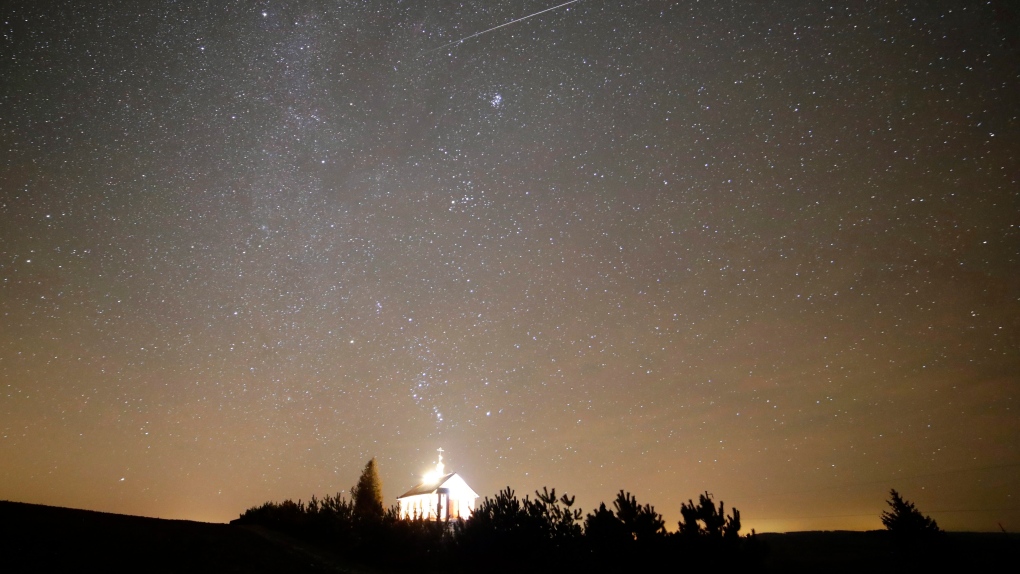
Bright and brilliant colours will streak across the sky on Wednesday night as the Geminids meteor shower reaches its annual peak.
NASA considers the Geminids to be one of the best and most reliable annual meteor showers.
It will begin on Wednesday night and last until early Thursday morning with the peak expected at 2 a.m., according to Daliah Bibas, a researcher-programmer of astronomy and space sciences at the Ontario Science Centre.
“It actually has been going on for a few weeks, it started mid November,” Bibas said. “But the peak of the peak is at 2 a.m. on December 14.”
Under perfect conditions approximately 120 meteors are expected to soar across the sky per hour.
VIEWING TIPS
The Geminids will be best in view when the sky turns dark and into the predawn hours.
Bibas recommends finding a stargazing spot as far away from Toronto’s light pollution as possible.
That being said, the show will still be in view for those who live in the city centre, in part because the Geminids won’t be competing with the moon, since it’s just a sliver Wednesday night.
In Toronto, dressing for winter weather and checking the forecast in advance, in the hopes of a clear sky, is crucial.
Environment Canada is forecasting a partly cloudy evening in Toronto with a 30 per cent chance of flurries, dipping down to minus 9 C with the wind chill, on Wednesday night with the sun set to come out on Thursday.
Apart from a hat and gloves, Bibas said there is no specialized equipment necessary to see the shower.
WHAT ARE THE GEMINIDS?
The Geminids first began appearing in the mid-1800s with only 10 or 20 meteors per hour, according to NASA, which has since mounted to more that 100 per hour.
Most meteor showers are caused by a comet passing the sun and leaving a trail of dust in its wake. When the Earth passes these trails, NASA explains that the leftover dust collides with the atmosphere where they disintegrate to create fiery streaks in the sky.
However, the Geminids aren’t comets, they’re asteroids.
At around the same time every year, the Earth passes through a debris trail from an asteroid – 3200 Phaethon – which we call the Geminids, Bibas explained.
The name comes from the constellation of Gemini because the meteors appear to radiate from this constellation in the sky.
NASA points out the Geminids will be visible throughout the night sky, not only from its constellation.
With files from CTV News Toronto's Phil Tsekouras
https://news.google.com/rss/articles/CBMibGh0dHBzOi8vdG9yb250by5jdHZuZXdzLmNhL2Jlc3QtbWV0ZW9yLXNob3dlci1vZi10aGUteWVhci1jYW4tYmUtc2Vlbi1mcm9tLXRvcm9udG8td2VkbmVzZGF5LW5pZ2h0LTEuNjY4NTIzNdIBAA?oc=5
2023-12-13 13:34:58Z
CBMibGh0dHBzOi8vdG9yb250by5jdHZuZXdzLmNhL2Jlc3QtbWV0ZW9yLXNob3dlci1vZi10aGUteWVhci1jYW4tYmUtc2Vlbi1mcm9tLXRvcm9udG8td2VkbmVzZGF5LW5pZ2h0LTEuNjY4NTIzNdIBAA
Tidak ada komentar:
Posting Komentar